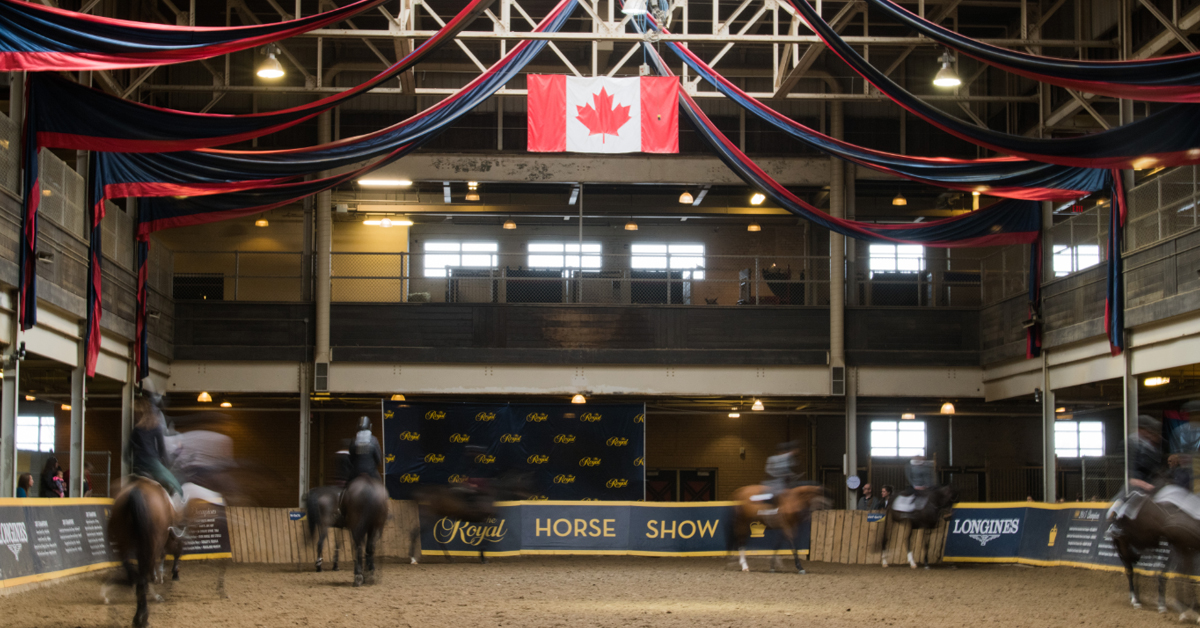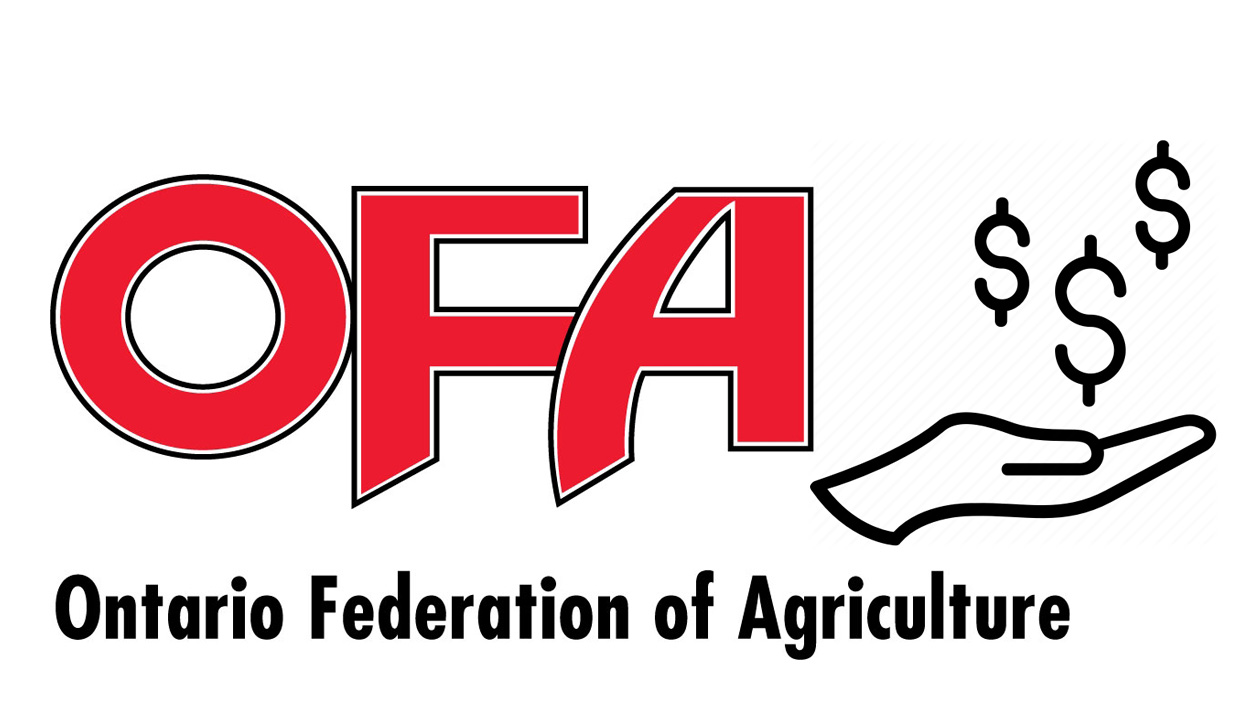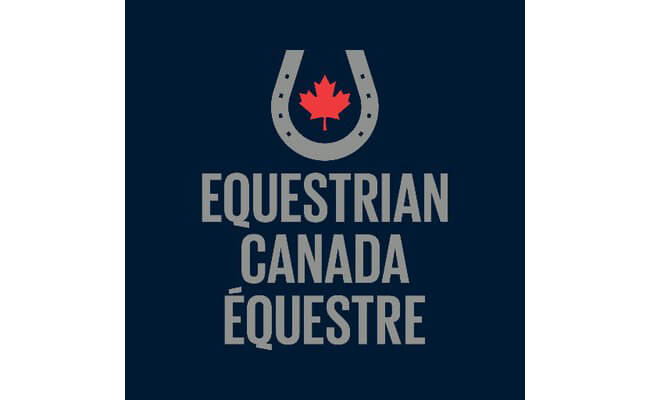Equestrian Canada (EC) is pleased to announce that 2019 EC Rules are now available online at www.equestrian.ca/programs-services/rules.
Following the close of the EC Rule Change Proposals (RCPs) review and comment period in September 2018, the EC Discipline Committees met to review the collected feedback and submit final amendments to the EC Board of Directors for approval.
The EC Board has approved the final 2019 EC Rules, which are now available online in a clean digital version, as well as a version with changes from 2018 visible. Click on the links below to access the versions with changes visible:
• Section A: General Regulations
• Section C: Driving and Para-Driving
• Section E: Dressage and Para-Dressage
• Section F: General Performance
• Section G: Hunter, Jumper, Equitation and Hack
• Section K: Reining and Para-Reining
Updates and noteworthy changes approved by the EC Board for 2019 are outlined below. All changes are effective Jan. 1, 2019. Hard copy rule books will be available for purchase through the EC e-store in early 2019.
Section A: General Regulations
Rules relating to permitted medications were updated to reflect the EC Equine Medication Control Guide.
Section B: Breeds
The American Saddlebred Horse Association of Canada has updated the Junior age limits to mirror those of the USEF Saddlebred rules. A Junior is an individual who has not reached his/her 18th birthday as of Dec. 1 of the current competition year. The age of a Junior on Dec. 1 will be maintained throughout the entire competition year.
Section C: Driving and Para-Driving
As of 2019, the rules for Para-Driving formerly contained in Section M: Para-Equestrian, have been integrated into Section C: Driving and Para-Driving, Part Seven.
Section D: Eventing
The Eventing rules relating to falls of a Competitor or Horse were updated to align with FEI rules. In the case of a fall of an athlete or horse, they must be checked by the event’s medical service, or respectively a Vet Delegate, before they can be allowed to continue to compete.
Rules regarding the use of body protectors and inflatable vests were also clarified in the 2019 rules. The Eventing Committee will continue to research the use of body protectors and inflatable vests.
Section E: Dressage and Para-Dressage
The Random Tack Check pilot will continue in 2019 in order to collect information across the country.
EC Para-Dressage Classification Cards will be replaced with national classification master lists in 2019, in an effort to correspond with processes used by the FEI.
Section G – Hunter, Jumper, Equitation and Hack
The Jumping rules relating to falls of an Athlete or Horse were updated to align with FEI rules. In the case of a fall of an athlete or horse they must be checked by the event’s medical service, or respectively a Vet Delegate, before they can be allowed to continue to compete.
For horses entered in classes restricted by age to 4, 5, 6, 7, or 8 year olds, only protective boots as described in FEI Jumping Rules, Article 257.2.4 may be worn.
Section K: Reining and Para-Reining
As of 2019, the rules for Para-Reining formerly contained in Section M: Para-Equestrian, have been integrated into Section K: Reining and Para-Reining, Chapter 7.
Questions? Comments?
For more information on the Rule Change process, visit www.equestrian.ca/programs-services/rules.
Questions and comments regarding the EC Rules can be directed to:
Lindsey Blakely
Coordinator, Technical Programs – Officials and Rules
Equestrian Canada
More from Horse Sport:





